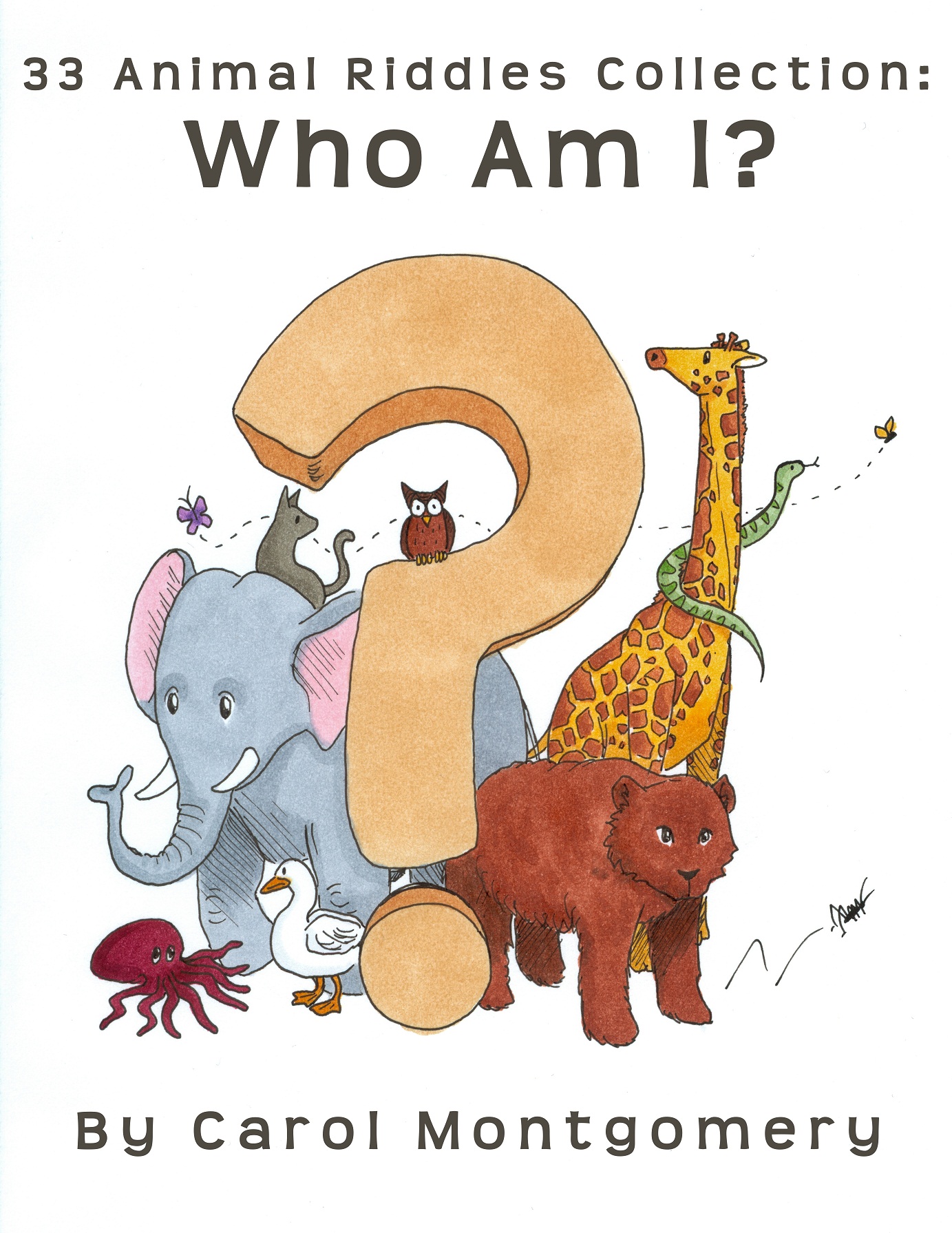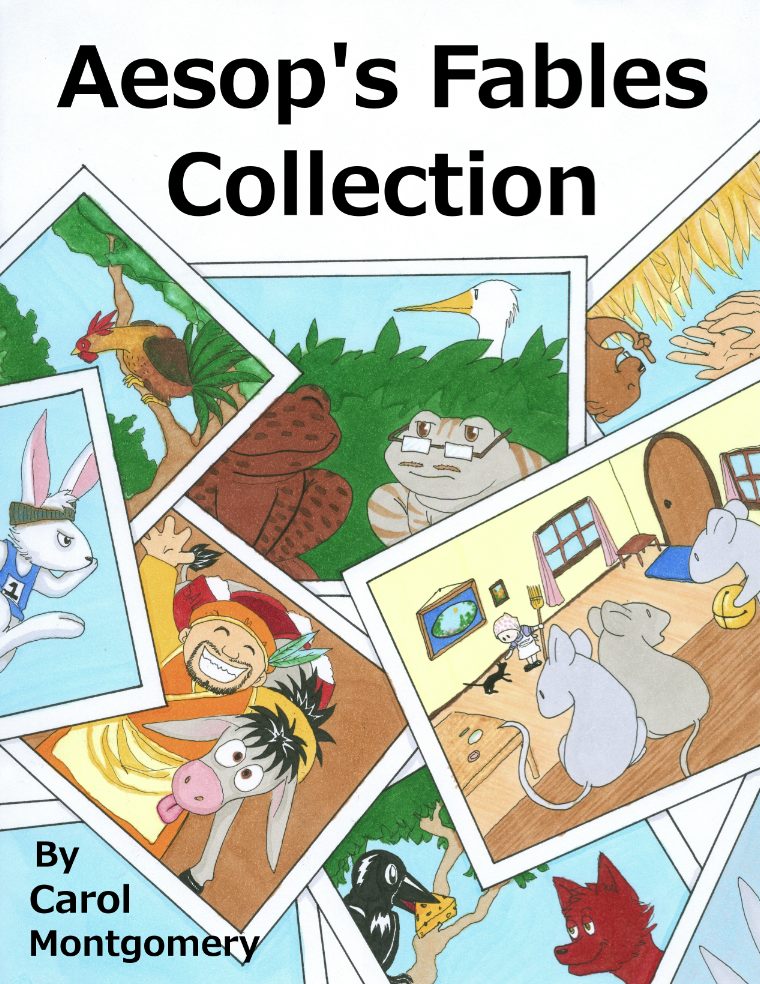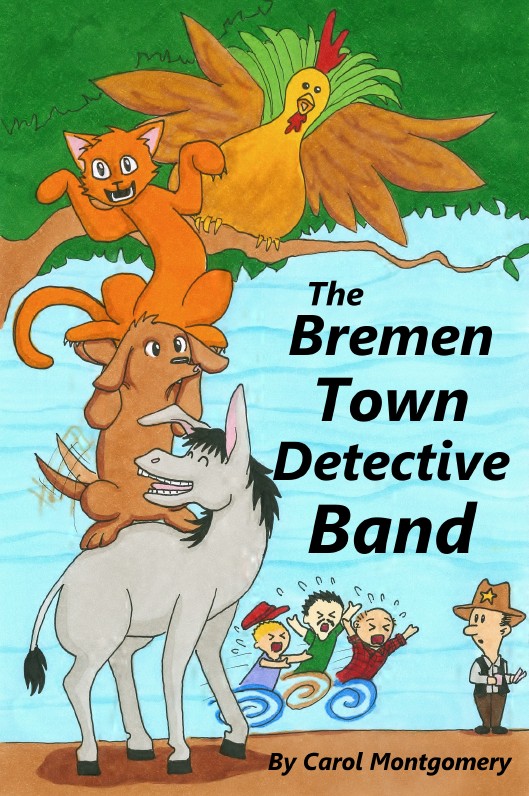 I was introduced to Readers Theater in college. Those were the days of NO computers, landline telephones, and mimeograph machines used for copying. I LOVED Readers Theater and learned all I could before I started teaching elementary students.
I was introduced to Readers Theater in college. Those were the days of NO computers, landline telephones, and mimeograph machines used for copying. I LOVED Readers Theater and learned all I could before I started teaching elementary students.
Yet, locating trustworthy scripts was like looking for gemstones on the beach. I had to dig deep to find something valuable. Although a few books had collections of Readers Theater scripts, often only one or two in a book worked for my students. The Readers Theater script search process was time-consuming and costly. Unfortunately, I didn't have time to write many scripts because I was teaching and working on a masters degree.
Readers Theater Options
Now, with internet technology, teachers have boatloads of options for Readers Theater: free scripts, paid digital scripts, books, and even an entire buffet of trustworthy Readers Theater scripts at Readers Theater All Year.
I still believe in using scripts printed on paper. It's easy to make a collection of Readers Theater scripts for centers, small groups, and the whole class if you already have folders of pre-printed scripts. Just save them from year to year! There's something special about holding a script in your hand, hearing the pages turn, and reading aloud from a paper script. Paper scripts can even be used as props (e.g., rolled up like a telescope, held in front of the face to hide behind, put on top of the head like a hat...).
Traditional paper scripts don't require the students to use technology. And, some believe technology should be left OUT of the classroom. (See the Guardian's article,"Tablets out, imagination in: the schools that shun technology.")
Others believe future generations MUST learn to use technology in order to succeed. Readers Theater easily adapts to technology.
Readers Theater and Technology
Here are three ways Readers Theater adapts to technology:
1. Cell Phones
Many teachers consider teaching their calling. And, even when a teacher is on "vacation," he or she still thinks about teaching. It's like the classroom calls the teacher and says, "Hey! Can we have more fun while we get the job done?"
Teachers answer, "Sure! Let me see what I can find..."
Cell phones make it easy to go window shopping for Readers Theater scripts, ideas and information while on the go. Check out Readers Theater on Pinterest. Go treasure hunting for Readers Theater scripts online. And, learn how to integrate Readers Theater into your weekly schedule because "Readers Theater Prepares Future Leaders." The web continues to educate and entertain–even with Readers Theater videos.
2. iPads™ or Electronic Tablets
Although I haven't taught Readers Theater using an iPad, others have. New apps for iPads appear daily. Angela Bunyi wrote in her article "There's an App for That–Using iPads to Support Literacy Instruction in the Classroom": "One of my favorite apps is Puppet Pals." And, she explains WHY she likes that app for Readers Theater and fluency analysis in her article. (Note: The Puppet Pals app is now in version 2.)
But, what if you don't have time to figure out an app?
Why not set up an iPad Center for fluency practice with Readers Theater?
Choose a Readers Theater script (or series of scripts) and download the PDFs to the iPad(s). Let the students read the scripts from the iPad or tablet. Encourage them to use different voices for their parts. And, if possible, record their voices. (There's an app for that!)
Even if you don't have a full script printed, you can let the students create a Readers Theater script, draw illustrations, and record it. One first grade teacher posted an example of his "iPad lesson 1st grade readers theater" where his students practiced their reading fluency using iPads and Adobe Voice.
3. iPads Projected on a Screen
Now, I'm totally inexperienced in trying to project from an iPad or tablet onto a screen or blank wall. But, I know it's possible. In fact, this 2015 article lists "10 Ways to Show Your iPad on a Projector Screen."
So, how does that transfer to Readers Theater in the classroom?
Consider projecting Readers Theater for full class scripts or choral Readers Theater on a screen or blank wall. Let the students read from the screen. You'll save paper and ink; however, you may have challenges keeping all of your students engaged–unless it's a small group.
Adapting short pieces of literature to Readers Theater could also work with projecting the literature (e.g., short story) onto a screen. Students should already be familiar with Readers Theater. Demonstrate to them how to adapt the literature to a Readers Theater format (e.g., narration to narrators and dialogue to the characters).
You could even project song lyrics from an iPad onto a screen. Demonstrate to students how to adapt the song lyrics to Readers Theater–reading the chorus of the song chorally. Once the students understand the process, send them off in small groups to create their own Readers Theater songs. If you're really brave, encourage them to be creative and change the words, too, keeping the same rhythm. Maybe they'll want to record it and post it for others to hear?
The Next Step
Once you've figured out how to use technology like iPads™, tablets, and cell phones for your Readers Theater hobby, you'll need to decide the next step. Choose something new to explore or stick with traditional Readers Theater. If it works for your class, do it again. Students who do Readers Theater regularly ask, "Can we do it again?" Once you have a system, it's easy.
Readers Theater builds leaders and creators because it's fun. Mobile-friendly Readers Theater is no better than traditional Readers Theater. It just provides another option for motivating success in your students. No matter how you choose to use Readers Theater, Readers Theater motivates students while building confidence and life-long skills. Why not enjoy Readers Theater all year?










.jpg)

